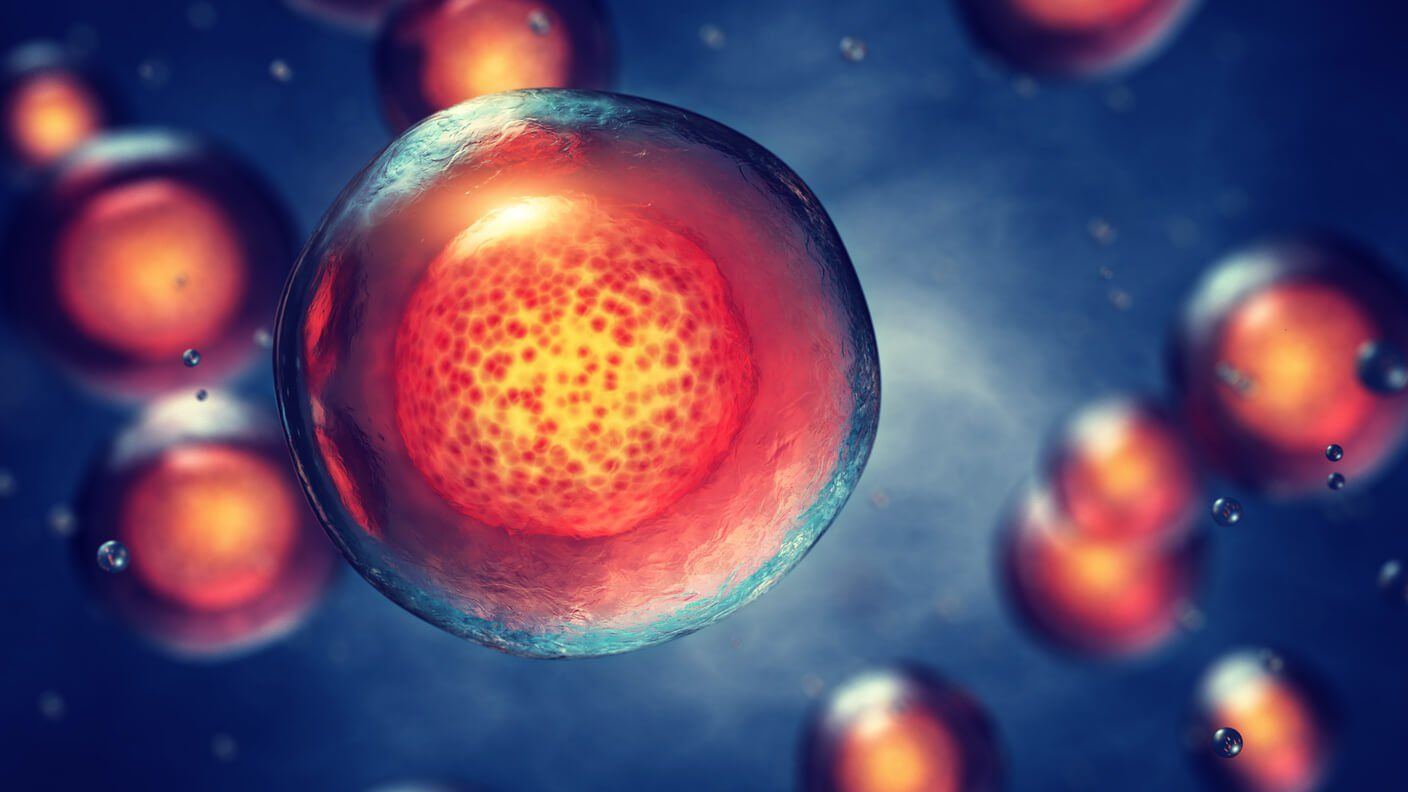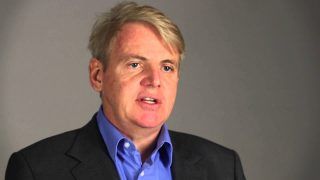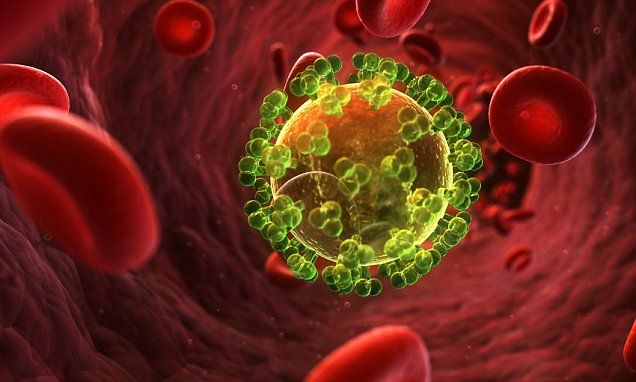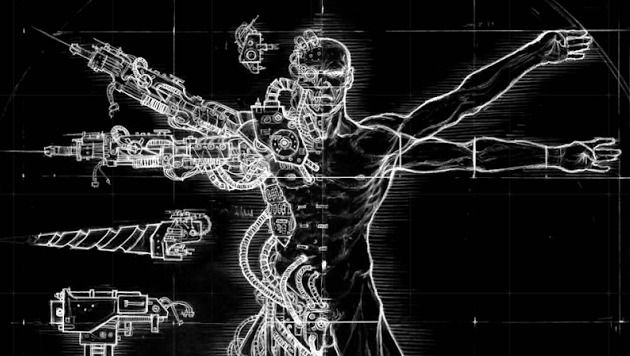Octopuses are so clever that they can ignore their genetic programming, in turn slowing down their DNA evolution.


DNA protects itself from damage naturally, and scientists are hoping to gain insight into how the process works. When DNA is bathed in ultraviolet light, it can eject a single proton from a hydrogen atom to rid itself of excess energy, ensuring other chemical bonds remain intact. This protective mechanism is called an excited state proton transfer, and it is the focus of new research by a team of scientists.
The researchers used the Linac Coherent Light Source (LCLS) at the SLAC National Accelerator Laboratory to generate X-ray laser pulses capable of probing the nitrogen molecule — in the simple molecule 2-thiopyridone — for quadrillionths of a second. The short period of time matters because when molecules are exposed to this kind of light they react incredibly quickly. The brightness of the light is equally important, because only very brilliant illumination renders these ultrafast changes visible to the researchers.

“These re-engineered organisms will change our lives over the coming years, leading to cheaper drugs, ‘green’ means to fuel our cars and targeted therapies for attacking ‘superbugs’ and diseases, such as cancer,” wrote Drs. Ahmad Khalil and James Collins at Boston University, who were not involved in the study.
Our brains are often compared to computers, but in truth, the billions of cells in our bodies may be a better analogy. The squishy sacks of goop may seem a far cry from rigid chips and bundled wires, but cells are experts at taking inputs, running them through a complicated series of logic gates and producing the desired programmed output.
Take beta cells in the pancreas, which manufacture and store insulin. If they detect a large spike in blood sugar, then they release insulin; else they don’t. Each cell adheres to commands like these, allowing us—the organism—to operate normally.
This circuit-like nature of cellular operations is not just a handy metaphor. About 50 years ago, scientists began wondering: what if we could hijack the machinery behind these algorithms and reprogram the cells to do whatever we want?

Billionaire investor Jim Mellon has joined the push to solve age-related diseases and bring rejuvenation biotechnology to the world.
Billionaire biotechnology investor Jim Mellon has unveiled an investment in an ambitious new venture which seeks to tackle ageing and age-related diseases.
Insilico Medicine is a big data analytics company which says its mission is to ‘extend healthy longevity’.
This is a ‘moonshot’ target in health which has seen investment from a number of ambitious research groups in the last few years.

A new report from The Scripps Research Institute in California has found a way to make cells resistant to HIV. Antibodies bind to cell receptors that block the virus from infecting it.
New one from Liz.
Full Video ► https://goo.gl/tHvTF5
BioViva ► http://bioviva-science.com
Liz Parrish is the Founder and CEO of BioViva Sciences USA Inc. BioViva is committed to extending healthy lifespans using gene therapy. Liz is known as “the woman who wants to genetically engineer you,” she is a humanitarian, entrepreneur and innovator and a leading voice for genetic cures. As a strong proponent of progress and education for the advancement of gene therapy, she serves as a motivational speaker to the public at large for the life sciences. She is actively involved in international educational media outreach and sits on the board of the International Longevity Alliance (ILA). She is the founder of BioTrove Investments LLC and the BioTrove Podcasts which is committed to offering a meaningful way for people to learn about and fund research in regenerative medicine. She is also the Secretary of the American Longevity Alliance (ALA) a 501©(3) nonprofit trade association that brings together individuals, companies, and organizations who work in advancing the emerging field of cellular & regenerative medicine with the aim to get governments to consider aging a disease.
Parrish received two kinds of injections, which were administered outside the United States: a myostatin inhibitor, which is expected to prevent age-associated muscle loss; and a telomerase gene therapy, which is expected to lengthen telomeres, segments of DNA at the ends of chromosomes whose shortening is associated with aging and degenerative disease.
——-


This week saw researchers announce a promising new approach to Parkinson’s by the use of cellular reprogramming. The team lead by Ernest Arenas used a cocktail of four transcription factors to reprogram support cells inside the brain.
The research team placed the reprogramming factors into a harmless type of lentivirus and injected them en masse into a Parkinson’s disease model mice. The viruses infected support cells in the brain known as astrocytes (a support cell that regulates the transmission of electrical impulses within the brain) which are present in large numbers. The lentiviruses delivered their four factor payload to the target cells changing them from astrocytes into dopamine producing neurons.
Within three weeks the first cells had been reprogrammed and could be detected, and after fifteen weeks there were abundant numbers of dopamine producing neurons present. This is good news indeed as it also confirms that once reprogrammed the cells remain changed and stable and do not revert back into astrocytes.


Interest in rejuvenation biotechnology is growing rapidly and attracting investors.
- Jim Mellon has made an investment in Insilico Medicine to enable the company to validate the many molecules discovered using deep learning and launch multi-modal biomarkers of human aging
Monday, April 10, 2017, Baltimore, MD — Insilico Medicine, Inc, a big data analytics company applying deep learning techniques to drug discovery, biomarker development, and aging research today announced that it has closed an investment from the billionaire biotechnology investor Jim Mellon. Proceeds will be used to perform pre-clinical validation of multiple lead molecules developed using Insilico Medicine’s drug discovery pipelines and to advance research in deep learned biomarkers of aging and disease.
“Unlike many wealthy business people who rely entirely on their advisors to support their investment in biotechnology, Jim Mellon has spent a substantial amount of time familiarizing himself with recent developments in biogerontology. He does not just come in with the funding, but brings in expert knowledge and a network of biotechnology and pharmaceutical executives, who work very quickly and focus on the commercialization potential. We are thrilled to have Mr. Mellon as one of our investors and business partners”, said Alex Zhavoronkov, PhD, founder, and CEO of Insilico Medicine, Inc.